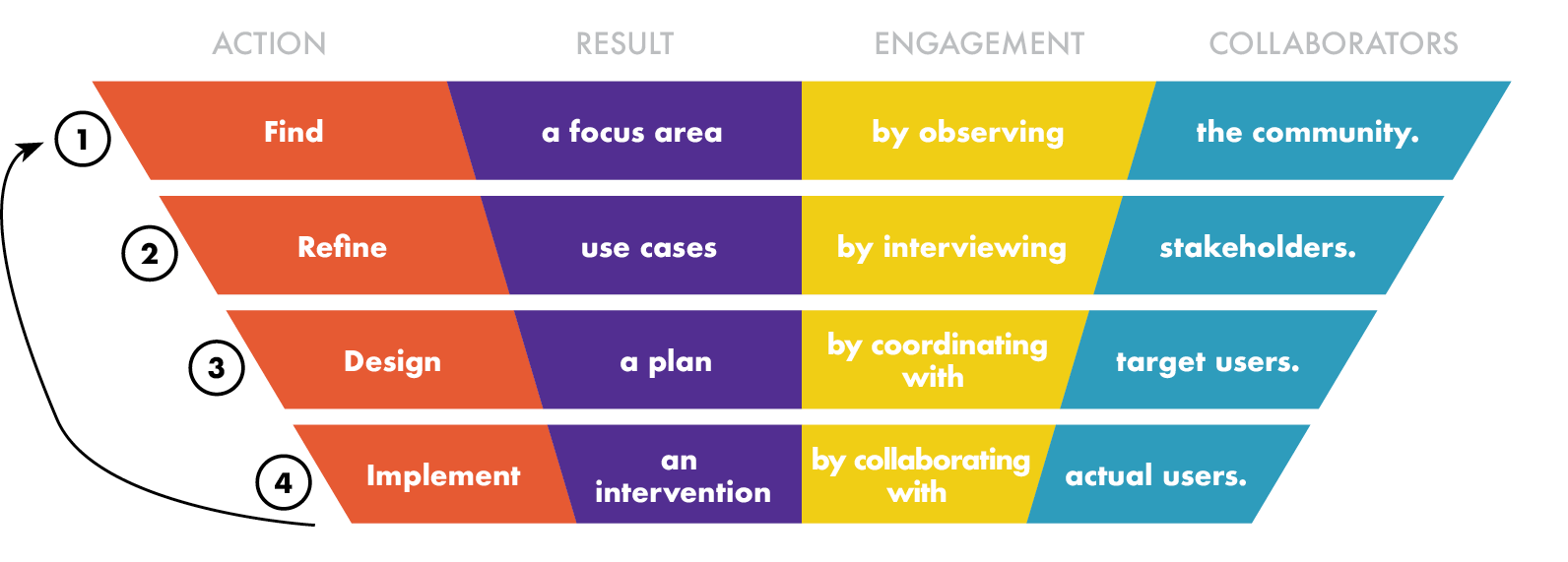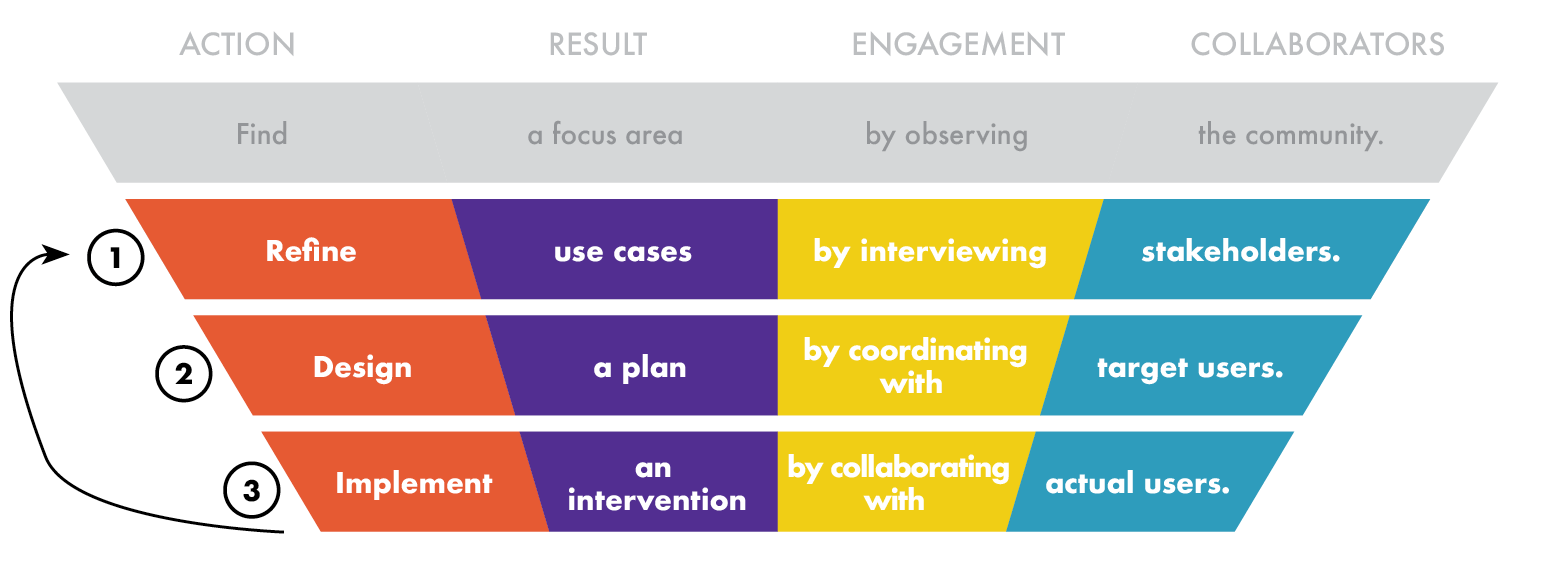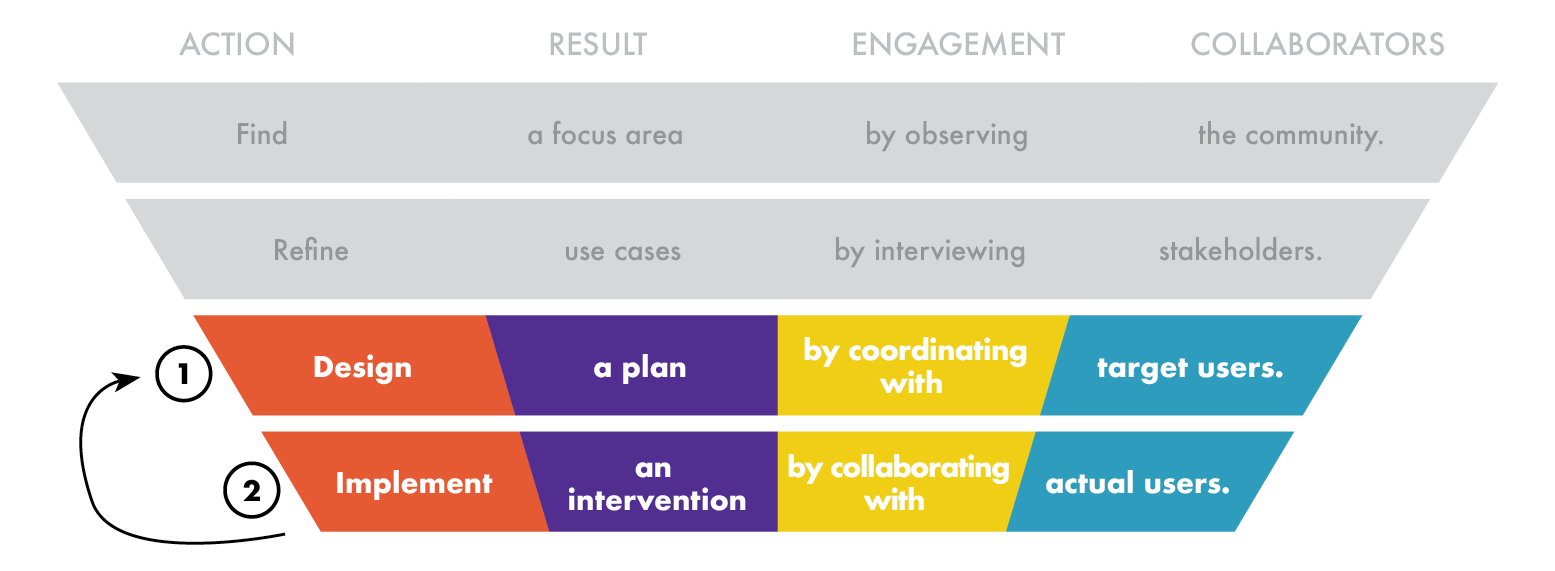Tools for Action
Co-design and collaborate with communities around an open data project
Now it’s time to take what you have found in Discovery phase and create a solution that leverages open data — collaborating with the community using co-design methods.

Governments that publish community-centered open data and information can go beyond transparency by co-designing and collaborating with community members to solve local challenges. Bringing open data to where community members are can help spark dialogues and inspire innovation. Data providers can use the strategies we’ve compiled below to apply open data for local impact.
Possible projects include short-term actions a government can take to help members of the community use open data. As such, they may be thought of as a “prototypes,” “pilots,” or “beta launches” of any new data, guidance, communication, project, initiative, tool, or partnership to support open data’s use. Ideally an intervention is informed by open data user research and targeted to specific community users and use cases.
What level of action are you ready to take?
Action can take many forms, ranging from fundamental steps to lower barriers to open data access to more substantive collaboration and power sharing with specific community partners who can leverage open data for specific outcomes.
We have created a “maturity ladder” to help you think about these different levels of action.

When designing interventions to support your researched community use cases for open data, it can be helpful to brainstorm what kinds of actions you might take to better support your target open data users and use cases at each of the levels on this ladder.
Finding collaborators
In order to co-design and implement an intervention, you will need community partners. Below are several resources to help you find collaborators. Make sure you do this before moving on.
Goal: Finding community collaborators to co-design with.
Co-designing a project
Now it's time to leverage your community relationships in order to co-design a potential solution.
Goal: Creating a community-informed action plan and knowing what you plan to build or publish.
Ideas for possible solutions
Then thinking about ideas for possible solutions, it may be helpful to remember where your community is on the “open data maturity ladder” mentioned earlier on this page. What type of a solution you are able to do now depends on ____.
Below are some ideas to match different steps on the ladder — but note that your solution can look like any of these things and more! This is just to provide some inspiration.
Level 1: Lower barriers to access
Level 2: Lower barriers to use
Level 3: Improve responsiveness to community needs
[TBD]
Level 4: Document and showcase community uses
[Storytelling examples?]
Level 5: Prompt and incentivize community uses
[TBD]
Level 6: Partner to support community uses
[TBD]
Building or publishing a product
Now it's time to do the thing!
Goal: Something real!!! Data solution




